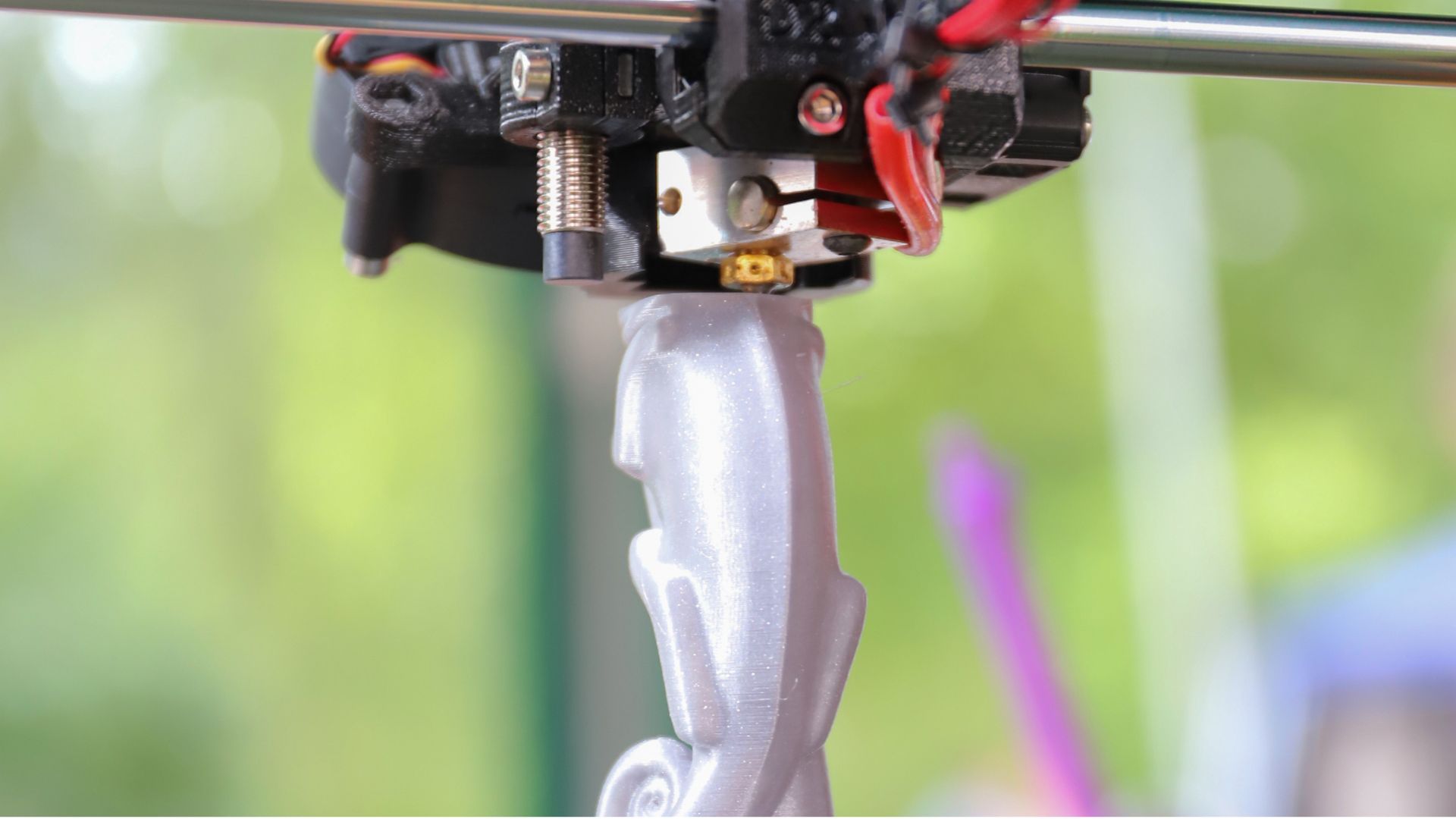Understanding the Advantages of 3D Printing for Construction Projects
In recent years, 3D printing technology has revolutionized various industries, including construction. The use of 3D printing in construction projects offers a wide range of benefits, from cost-effectiveness to increased efficiency. In this blog, we will delve into the advantages of leveraging 3D printing technology in construction projects.
The Rise of 3D Printing in Construction
What is 3D Printing in Construction?
3D printing in construction, also known as contour crafting or concrete printing, is the process of creating three-dimensional objects layer by layer using a computer-controlled robotic arm. This innovative technology allows for the precise and rapid construction of complex structures.
Applications of 3D Printing in Construction
- Architectural Design: 3D printing enables architects to turn their intricate designs into physical structures with high precision.
- Prototyping: Construction companies can create accurate and detailed prototypes of buildings and components before full-scale production.
- Customization: The technology facilitates the customization of building elements according to specific requirements.
Advantages of 3D Printing for Construction Projects
1. Cost-Effectiveness
3D printing reduces material wastage, labor costs, and construction time. It optimizes the use of resources and minimizes the need for manual intervention, leading to significant cost savings throughout the project.
2. Enhanced Sustainability
By utilizing eco-friendly materials and reducing waste, 3D printing contributes to sustainable construction practices. The technology promotes energy efficiency and environmentally conscious building processes.
3. Complex Designs
With 3D printing, intricate and unconventional designs that are challenging to achieve through traditional construction methods can be easily realized. This opens up a world of creative possibilities for architects and builders.
4. Speed and Efficiency
The rapid prototyping capabilities of 3D printing accelerate project timelines. Construction companies can streamline their processes, reduce lead times, and deliver projects faster without compromising quality.
5. Improved Safety
By automating repetitive and hazardous tasks, 3D printing enhances workplace safety. Workers can avoid potential injuries associated with manual labor, creating a safer working environment on construction sites.
Key Takeaways
3D printing in construction offers cost-effective solutions while promoting sustainable practices.
The technology enables complex designs and enhances project efficiency and safety.
Embracing 3D printing can revolutionize the construction industry, paving the way for innovative and sustainable building practices.
In conclusion, the advantages of 3D printing for construction projects are clear. By leveraging this cutting-edge technology, construction companies can achieve higher efficiency, cost savings, and safety standards. Embracing 3D printing is not just a futuristic concept but a practical solution for the evolving needs of the construction industry.



